Scientists have discovered 100 million-year-old regions in the DNA of several plant species which could hold secrets about how specific genes are turned 'on' or 'off'.
Dec 5th, 2012
Read more
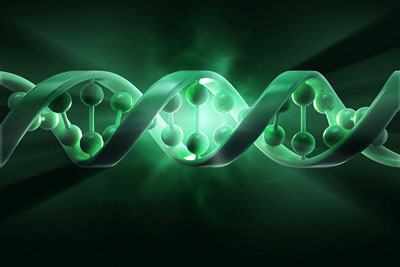 With a new research center, Stanford scientists from across campus will join a new "information age of genomics." The goal is nothing short of improving human well-being.
With a new research center, Stanford scientists from across campus will join a new "information age of genomics." The goal is nothing short of improving human well-being.
Dec 4th, 2012
Read more
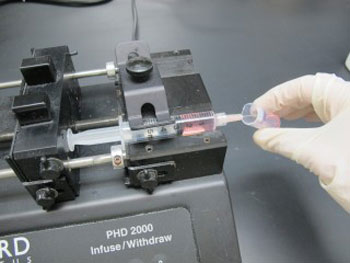 New finding might help improve "liquid biopsy" approach for detecting cancer cells in blood.
New finding might help improve "liquid biopsy" approach for detecting cancer cells in blood.
Dec 4th, 2012
Read more
Scientists from the Friedrich Miescher Institute for Biomedical Research and the Biozentrum of the University of Basel have published an important proof-of-principle study showing that a computational model can elucidate the interplay of transcription regulators and epigenome dynamics during differentiation. This is critical for a better understanding of the nature of different cell types and disease stages.
Dec 4th, 2012
Read more
New research from two teams led by Carnegie's Zhiyong Wang and Kathryn Barton focuses on the role of the crucial plant hormone brassinosteroid in the creation of plant-shoot architecture.
Dec 4th, 2012
Read more
Sustainable technique does not add chemicals, hormones or create genetically modified organisms.
Dec 4th, 2012
Read more
Using computational techniques, researchers have shown how a protein responsible for the maturation of the virus releases itself to initiate infection.
Dec 4th, 2012
Read more
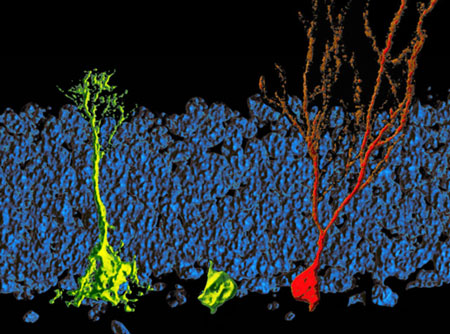 Neural stem cells in the adult brain boost their levels of lipid metabolism to grow and generate new neurons. This new finding may open novel therapeutic avenues to treat age- or disease-associated loss of brain cells.
Neural stem cells in the adult brain boost their levels of lipid metabolism to grow and generate new neurons. This new finding may open novel therapeutic avenues to treat age- or disease-associated loss of brain cells.
Dec 4th, 2012
Read more
Researchers at the University of Bonn investigate one of the oldest mysteries of plant breeding.
Dec 3rd, 2012
Read more
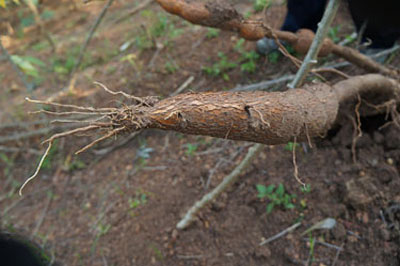 To improve the productivity of cassava - a rough and ready root crop that has long been the foundation of food security in Africa -- and plant breeding in sub-Saharan Africa, the Bill & Melinda Gates Foundation and the Department for International Development of the United Kingdom have awarded Cornell $25.2 million to host a five-year research project.
To improve the productivity of cassava - a rough and ready root crop that has long been the foundation of food security in Africa -- and plant breeding in sub-Saharan Africa, the Bill & Melinda Gates Foundation and the Department for International Development of the United Kingdom have awarded Cornell $25.2 million to host a five-year research project.
Dec 1st, 2012
Read more
The Supreme Court announced Friday it will decide whether companies can patent human genes, a decision that could reshape medical research in the United States and the fight against diseases like breast and ovarian cancer.
Dec 1st, 2012
Read more
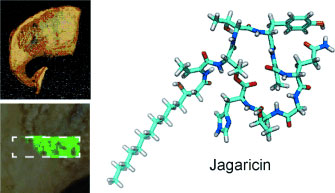 Bacterial virulence factor of mushroom soft rot identified. The substance called jagaricin could represent a starting point for the development of new antifungal drugs.
Bacterial virulence factor of mushroom soft rot identified. The substance called jagaricin could represent a starting point for the development of new antifungal drugs.
Nov 29th, 2012
Read more
By following a set of principles, scientists can produce protein molecules that previously did not exist in nature.
Nov 29th, 2012
Read more
A huge EU consortium joined forces to develop tools for managing the co-existence of genetically modified (GM) foods and conventional ones in the EU market. The traceability provided should be critical to consumer confidence.
Nov 29th, 2012
Read more
 Scientists from the United States, United Kingdom and Germany recently completed the first analysis of the bread wheat genome, one of the "big three" global crops upon which mankind depends for nutrition.
Scientists from the United States, United Kingdom and Germany recently completed the first analysis of the bread wheat genome, one of the "big three" global crops upon which mankind depends for nutrition.
Nov 29th, 2012
Read more
Serious defects in the design and methodology of a paper by S�ralini et al. mean it does not meet acceptable scientific standards and there is no need to re-examine previous safety evaluations of genetically modified maize NK603. These are the conclusions of separate and independent assessments carried out by the European Food Safety Authority (EFSA) and six EU Member States.
Nov 28th, 2012
Read more
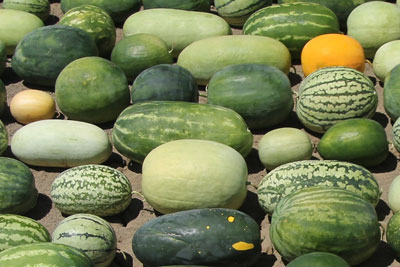 Sweeter and more disease-resistant watermelons just may be on their way, thanks to an international consortium of more than 60 scientists that has just published the genome sequence of watermelon (Citrullus lanatus).
Sweeter and more disease-resistant watermelons just may be on their way, thanks to an international consortium of more than 60 scientists that has just published the genome sequence of watermelon (Citrullus lanatus).
Nov 27th, 2012
Read more
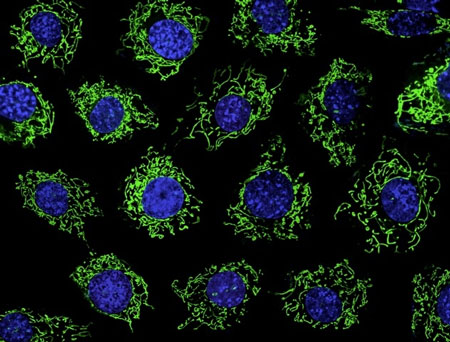 Scientists discovered last month an essential mechanism that regulates the flow of calcium into mitochondria. They found that the mitochondrial protein MICU1 is required to establish the proper level of calcium uptake under normal conditions.
Scientists discovered last month an essential mechanism that regulates the flow of calcium into mitochondria. They found that the mitochondrial protein MICU1 is required to establish the proper level of calcium uptake under normal conditions.
Nov 27th, 2012
Read more

 Subscribe to our Biotechnology News feed
Subscribe to our Biotechnology News feed






